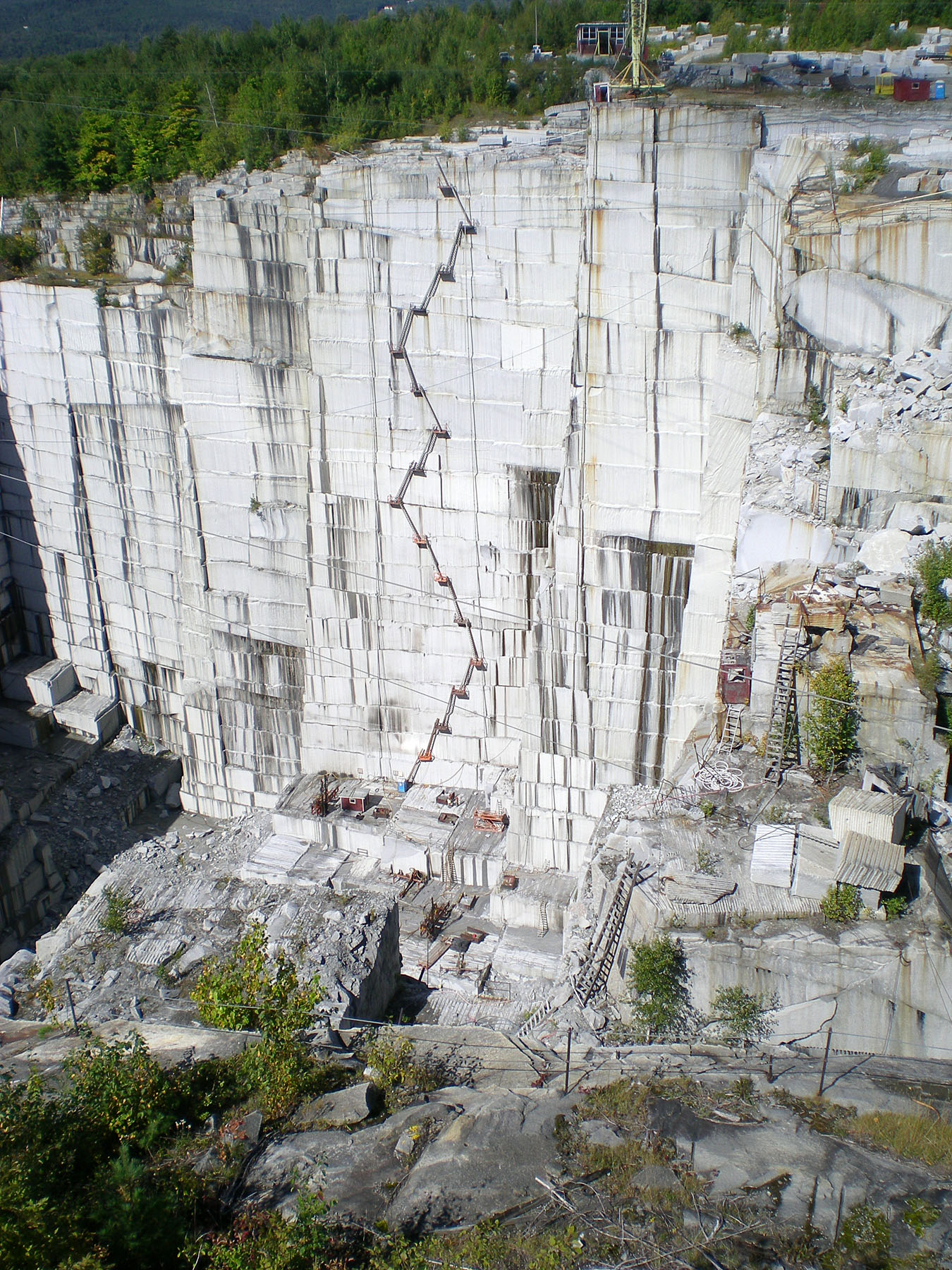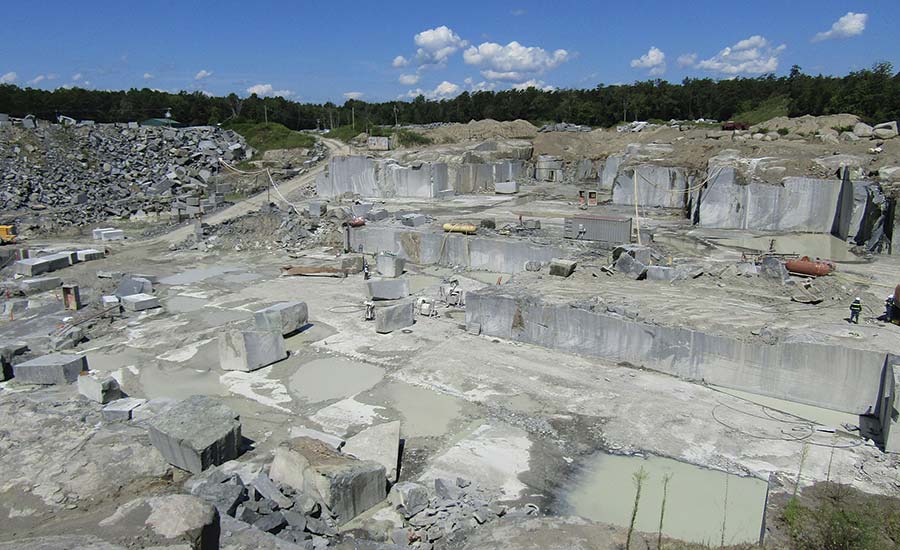The Covert Gems: Exploring Granite Quarries in South Africa
The Covert Gems: Exploring Granite Quarries in South Africa
Blog Article
Discovering the Rich Background and Sustainable Practices of Granite Quarrying
As we base on the precipice of uncovering the detailed tapestry of granite quarrying, a journey with time discloses not just the physical act of removing stone however additionally the cultural and historical value woven into the extremely textile of this practice. From the old beginnings that laid the foundation for contemporary quarrying strategies to the sustainable practices that are shaping the future of this sector, each chisel mark on granite surfaces narrates waiting to be uncovered (granite quarries in south africa). The legacy of granite quarrying stretches much past mere extraction; it is a testimony to human resourcefulness, strength, and the enduring allure of this impressive stone
Ancient Origins of Granite Quarrying
Dating back to ancient people, the technique of quarrying granite has been an important component of human background and building advancement. The earliest evidence of granite quarrying go back to ancient Egypt, where enormous pyramids and complex sculptures were crafted from this sturdy rock. The Egyptians made use of primitive tools to remove granite blocks from quarries, showcasing the value of this product in their significant constructions.
Moving on in background, the Greeks additionally made significant payments to the quarrying of granite. The Greeks made use of granite in numerous building wonders, such as holy places and sculptures, showing their skill in shaping and carving this hardy stone. The Romans further refined the techniques of quarrying granite, employing advanced devices like knives and hammers to essence and shape granite for their renowned structures.
Through the centuries, the technique of quarrying granite has evolved, with modern innovations improving performance while preserving the timeless allure of this all-natural stone - granite quarries in south africa. From ancient civilizations to modern building contractors, the tradition of granite quarrying remains to shape our globe
Development of Quarrying Methods
The evolution of quarrying strategies has actually been marked by a continual development towards better performance and precision in extracting granite. From the primary techniques employed by our forefathers to the advanced innovations utilized in modern-day quarrying operations, the sector has undergone substantial improvements. Early quarrying techniques entailed hands-on labor with standard tools such as knives, hammers, and wedges to draw out granite blocks from the planet. As people progressed, methods like fire-setting and primitive explosives were introduced to facilitate the extraction procedure.
In more current times, the advent of equipment revolutionized the quarrying market, making it possible for quicker removal prices and enhanced performance. Technologies such as diamond cord saws, high-pressure water jets, and pneumatic drills have come to be basic in modern-day quarries, enabling for accurate cutting and lowered waste. Additionally, innovations in computer-controlled equipment and 3D modeling have enhanced quarrying procedures, bring about minimal environmental effect and enhanced sustainability techniques. As the demand for granite continues to increase, the development of quarrying methods stays indispensable to conference sector requires successfully and sustainably.
Cultural Significance of Granite
Granite holds a profound social value throughout different worlds due to its enduring visibility in building masterpieces and revered monoliths. From the impressive pyramids of Egypt to the detailed makings of the Angkor Wat temple in Cambodia, granite has been a product of option for revealing grandeur and long life in social heritage. try this site In ancient Rome, granite columns adorned holy places and public structures, symbolizing stamina and durability. The cultural value of granite expands beyond its physical characteristics; it personifies durability, stability, and eternity, making it a sign of enduring traditions and traditions.

Sustainable Practices in Quarrying
Amidst the abundant background of granite quarrying and its cultural value exists a growing focus on sustainable practices within the sector. As environmental recognition and problems regarding source exhaustion have enhanced internationally, the quarrying industry has actually progressively embraced lasting methods to decrease its influence on the environment and bordering neighborhoods.

Furthermore, reclamation and rehabilitation of quarry websites post-extraction are indispensable to lasting techniques. By recovering quarried locations to a natural or helpful state, such as developing wild animals habitats or recreational spaces, quarriers can counter the ecological impact of their operations and contribute favorably to the neighborhood environment.
Tradition of Granite Quarrying
With a historical backdrop soaked in workmanship and industrial progress, what sustaining effect has granite quarrying left on the landscape of modern society? The heritage of granite quarrying transcends mere removal methods; it has formed building marvels, city landscapes, and social heritage worldwide. The resilient nature of granite has made it a recommended option for monuments, structures, and infrastructure, standing as a testimony to the ability and artistry of quarry workers across generations.
In addition, the financial footprint of granite quarrying can not be forgotten. The market remains to supply employment possibility and drive regional economies in areas where granite extraction is widespread. It has additionally spurred technical developments in quarrying strategies and equipment, leading to a lot more efficient and sustainable techniques.
In terms of sustainability, the tradition of granite quarrying consists of efforts to reduce ecological influences through improvement jobs and liable resource management. By balancing financial passions with ecological stewardship, the industry strives to make sure that future generations can continue to take advantage of this enduring natural deposit.
Final Thought

Report this page